March 18th, 2025
7minute read
Thats bovine excrement!
He was British and very polite.
He was also wrong.
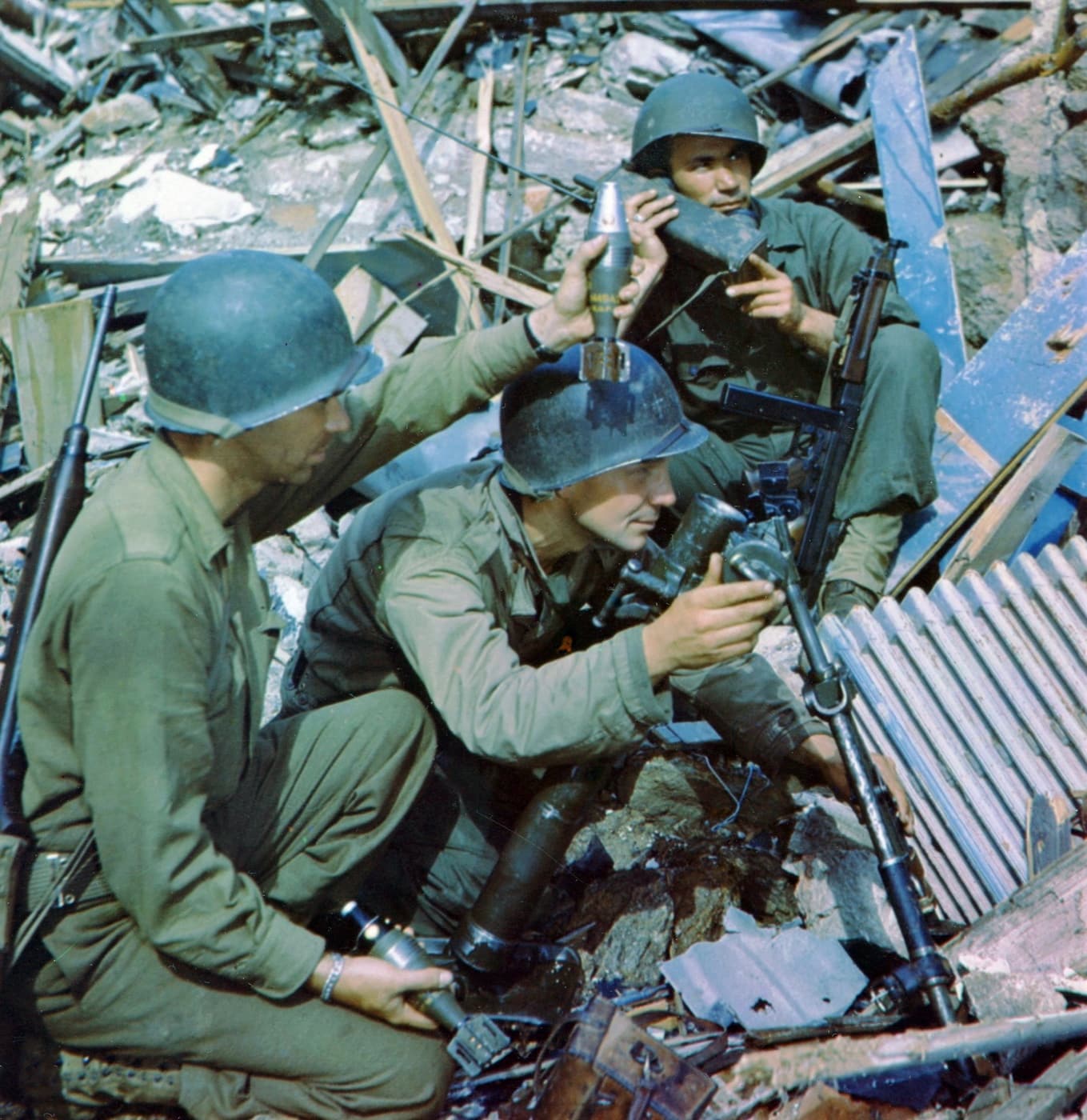
This 60mm mortar team was involved in the Battle of Saint-Malo during World War II. Image: NARA
Turns out during the war some G.I.s actually did use 60 millimeter mortar rounds as field expedient grenades.
The assistant armorer onSaving Private Ryanjust squinted at me and shook his head.
Extensive briefings for Steven Spielberg, our director, the principal actors, a clutch of G.I.
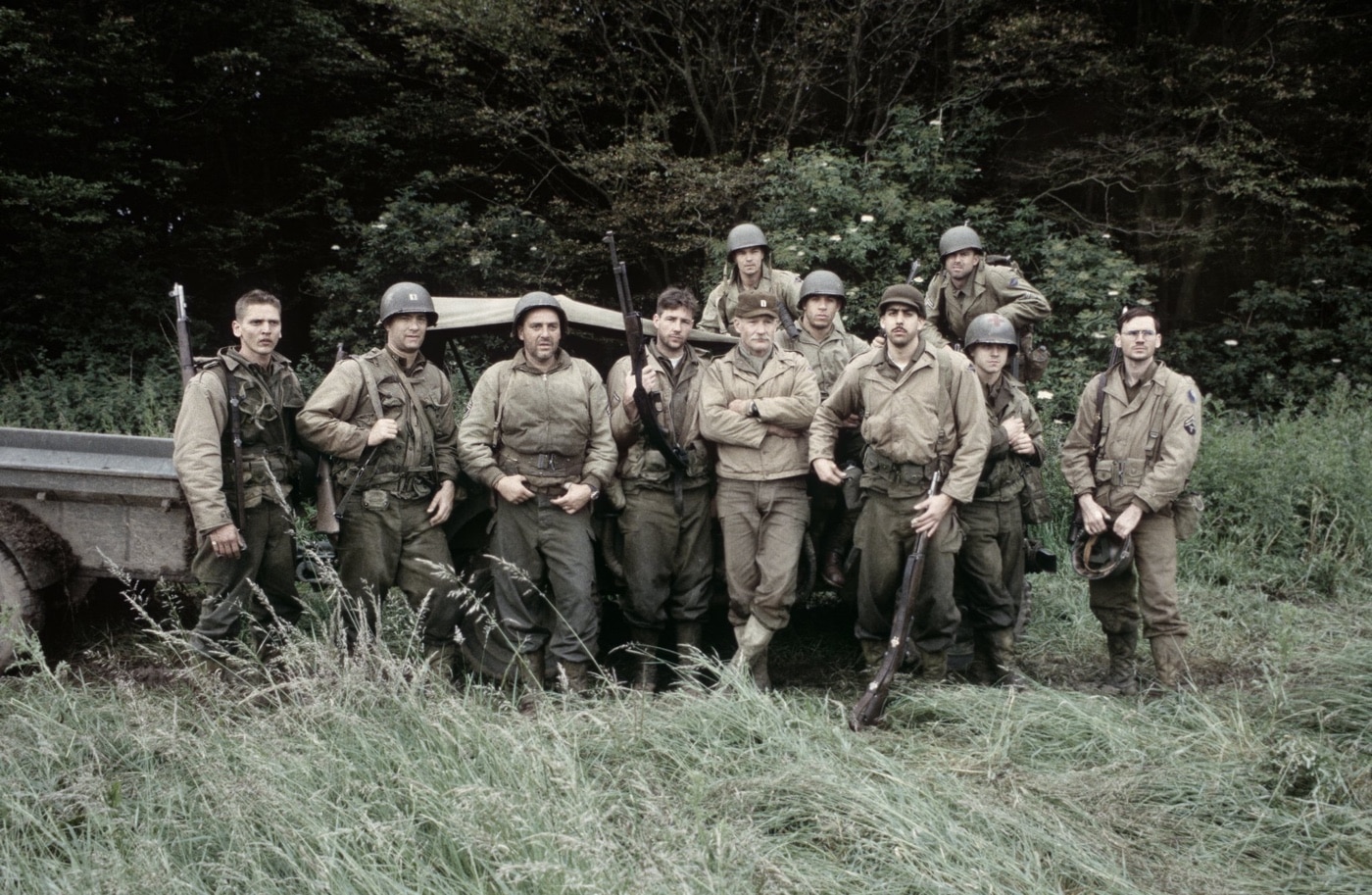
The author (center) was the Senior Military Advisor for the World War II filmSaving Private Ryan. Image: © Dreamworks Pictures and Paramount Pictures
and German extras, tankers, camera operators and special effects wizards went well.
It would be a fairly complex dance with dueling cameras and lots of dizzying action in every set-up.
We were, after all, in the midst of making a hyper-realistic war film.
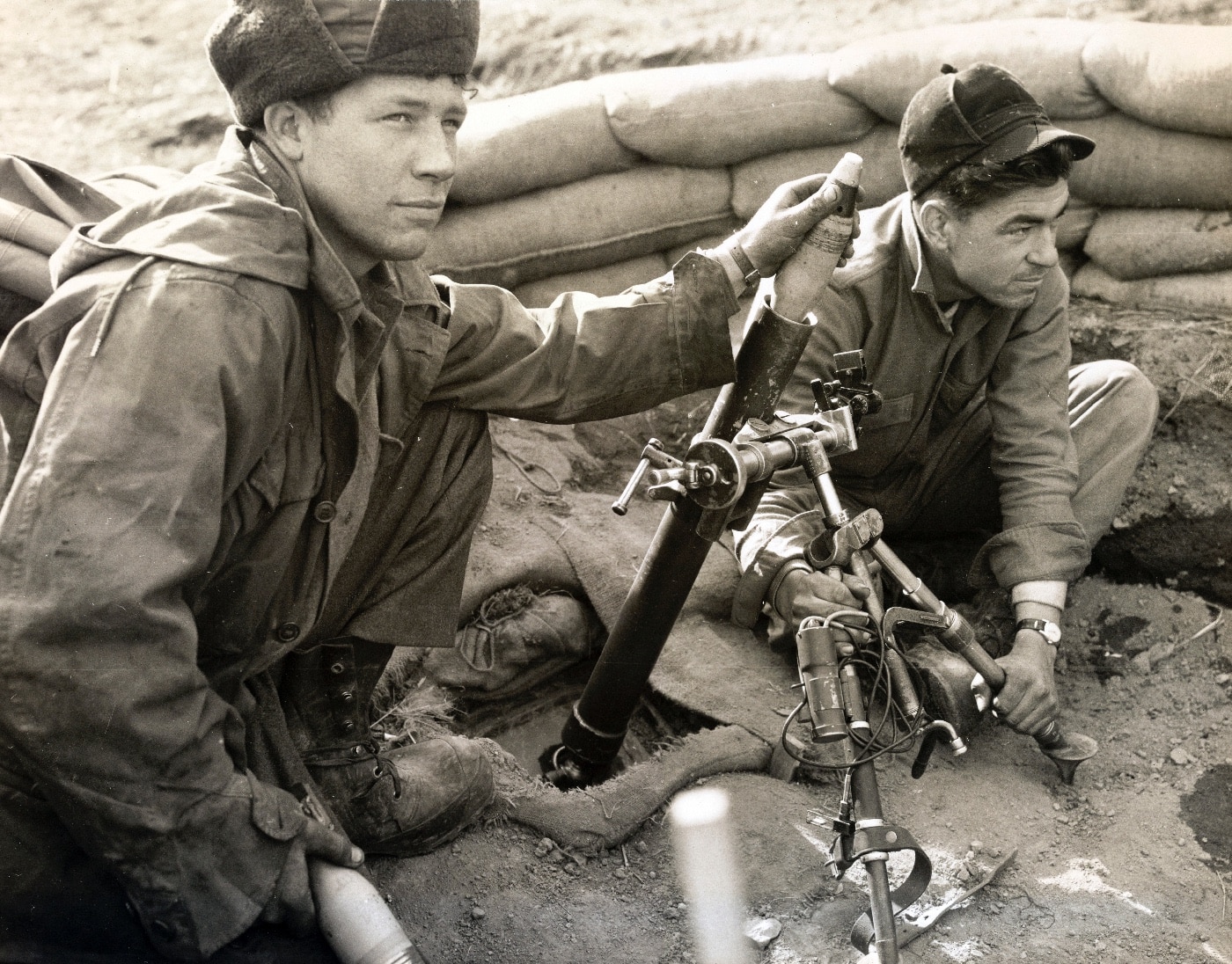
A U.S.M.C. 60mm mortar crew prepares to fire smoke rounds during the Korean War. Image: NARA
Then, the fusing mechanism required an impact or set-back to cock and arm the detonator.
Those are the basic mechanics.
That would simulate the impulse of actually launching the round from a mortar tube.
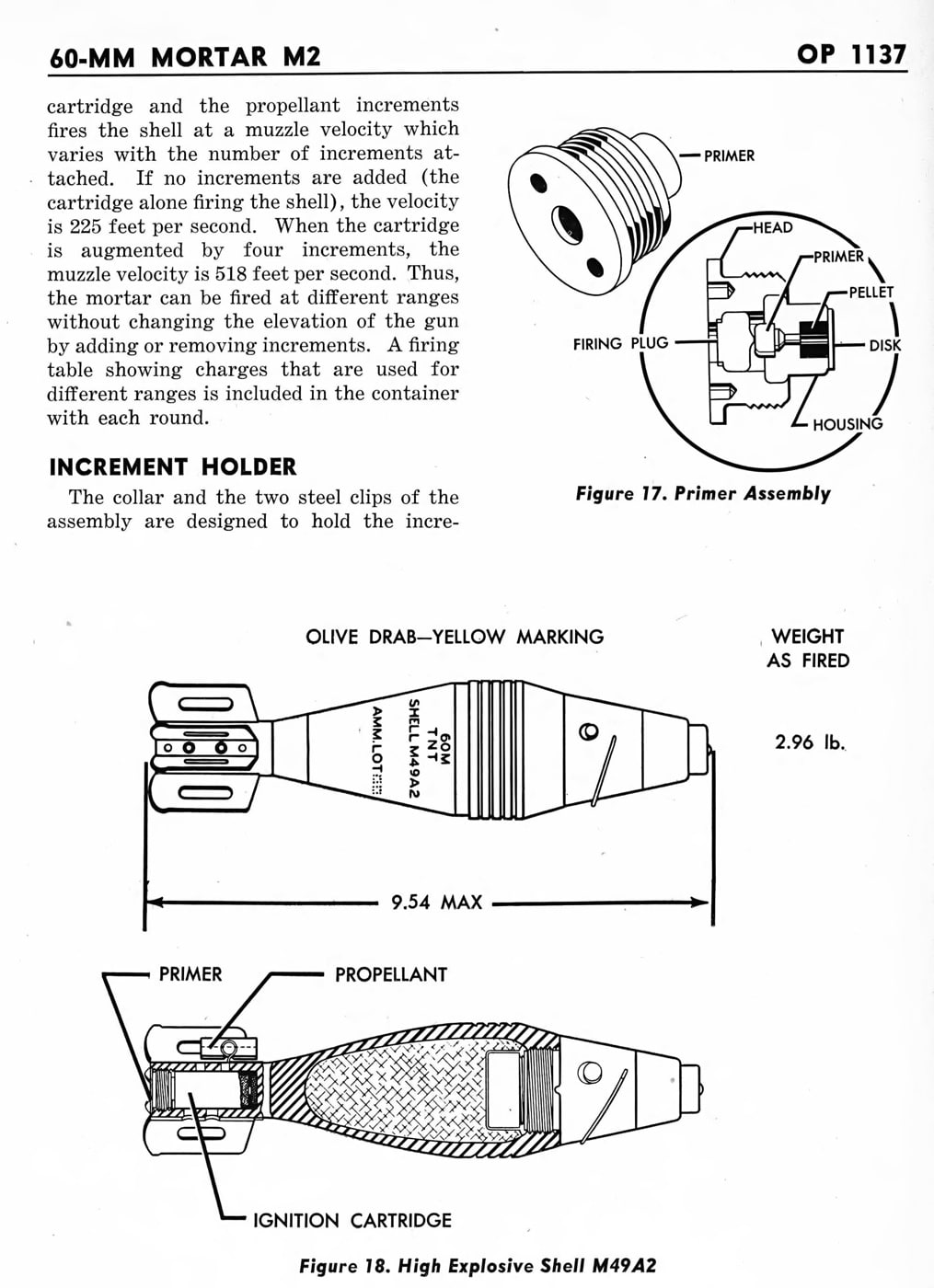
Shown here is a diagram of the M49A2 high explosive mortar shell that could be used as a hand grenade in a pinch.
Now, they were holding onto what amounted to an armed grenade.
Toss something like that and it would detonate against the first firm surface it encountered.
At this critical point, with the enemy threatening to overrun the position, Cpl.
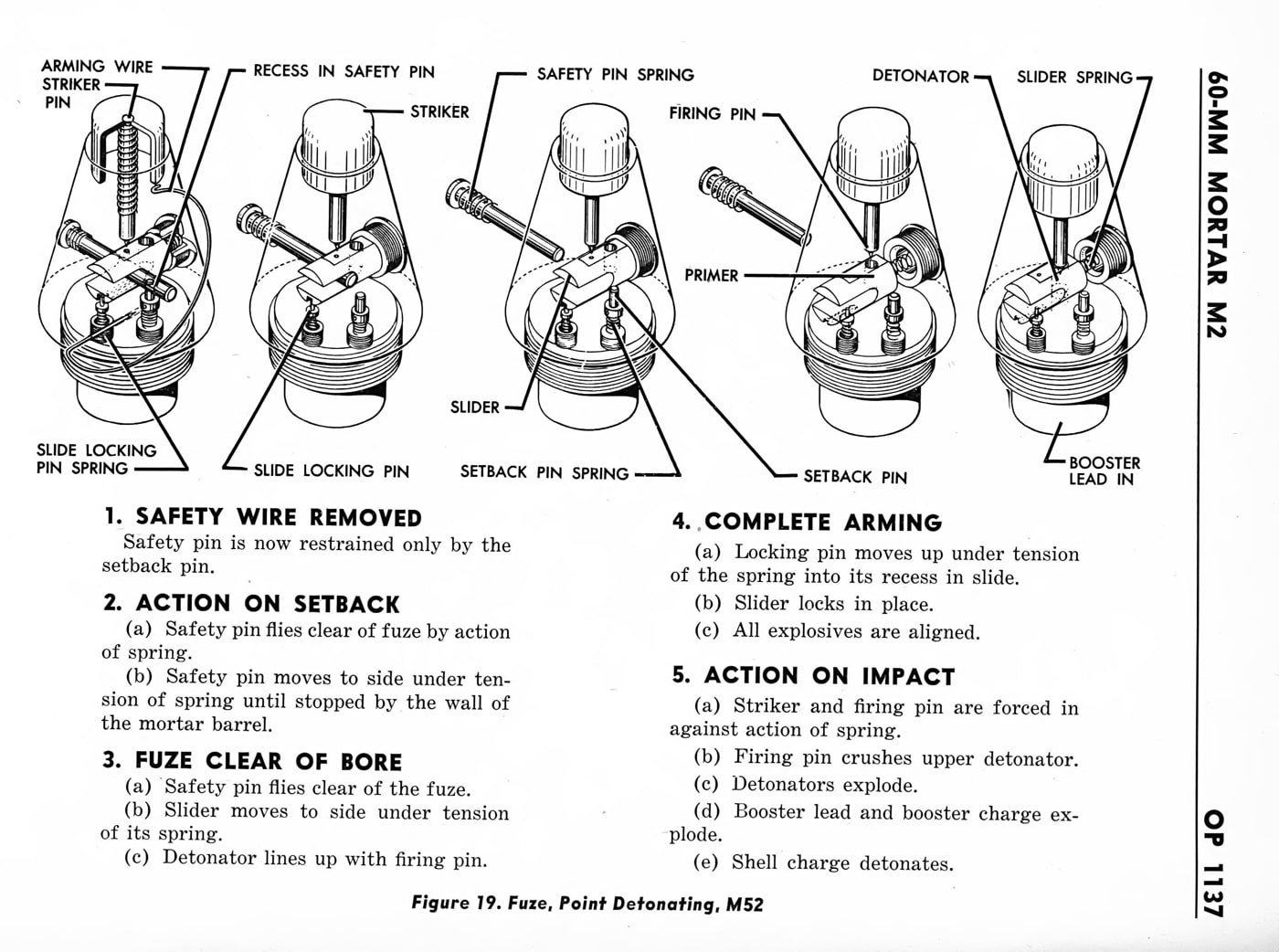
This is a diagram for the M52 fuse that allowed the M2 60mm mortar rounds to be used as hand grenades.
Corporal Kelly knew the 60mm mortar ammo drill and used it effectively.
As did Tech Sergeant Beaufort T. Anderson, fighting on the other side of the world two years later.
Anderson was a Weapons Platoon NCO with 381stInfantry of the 96thInfantry Division fighting on Okinawa.
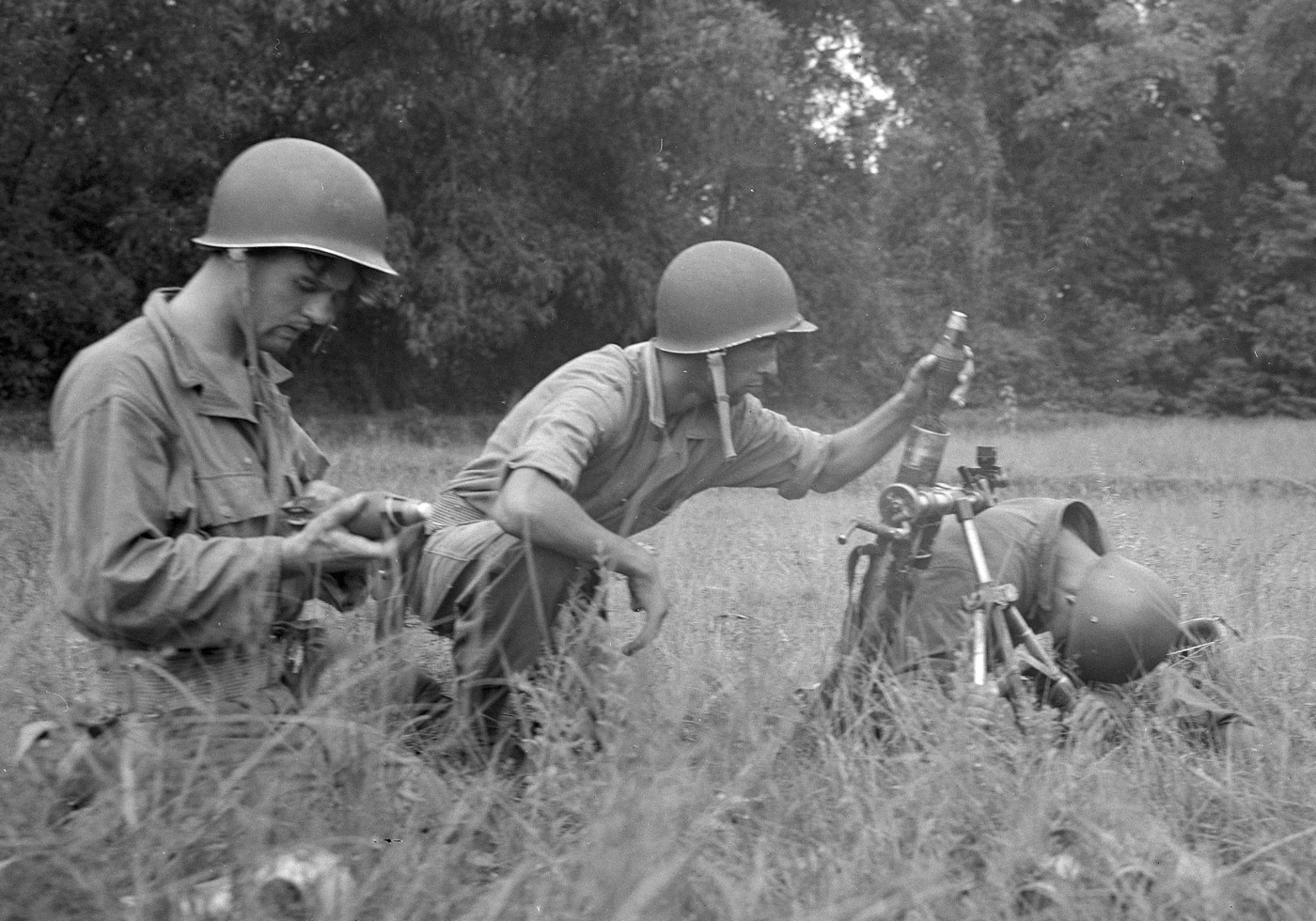
A Dutch M2 mortar team firing on communist insurgents on Java during 1947. Image: Dutch National Archives
He ordered his men to cover and faced the onslaught alone armed only with a carbine.
When it looked like a lost cause, Anderson innovated.
Heres how his Medal of Honor citation describes what happened next.
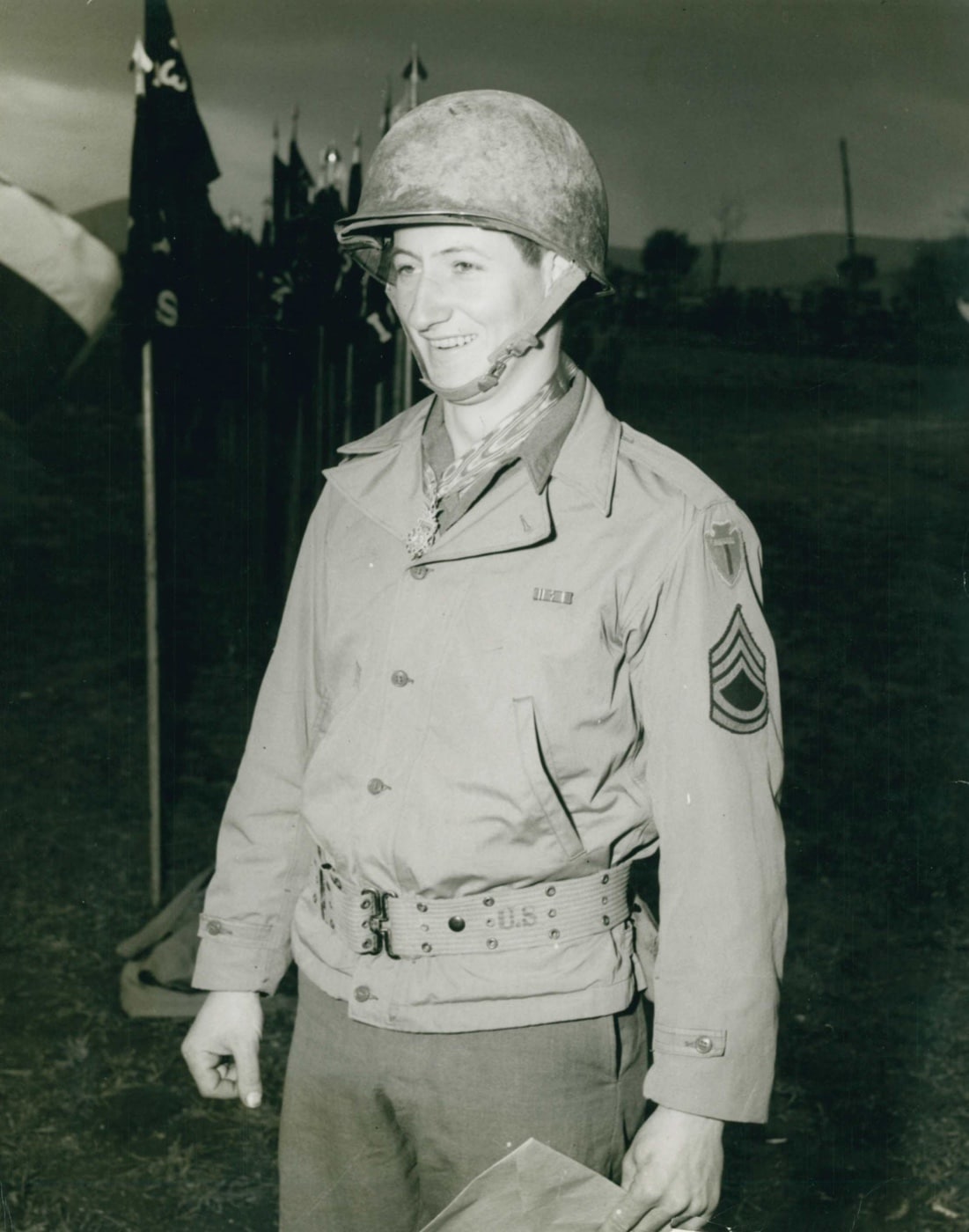
Cpl. Charles E. Kelly, above, defended his battalion’s flank with a pair of M1918 Browning Automatic Rifles and 60mm mortar rounds that he used as hand grenades. Image: NARA
No question his innovation with hand-hurled mortar rounds was effective.
Heres more from the citation.
Americans serving in military uniform soldiers, sailors, Marines or airmen have a knack for innovation.
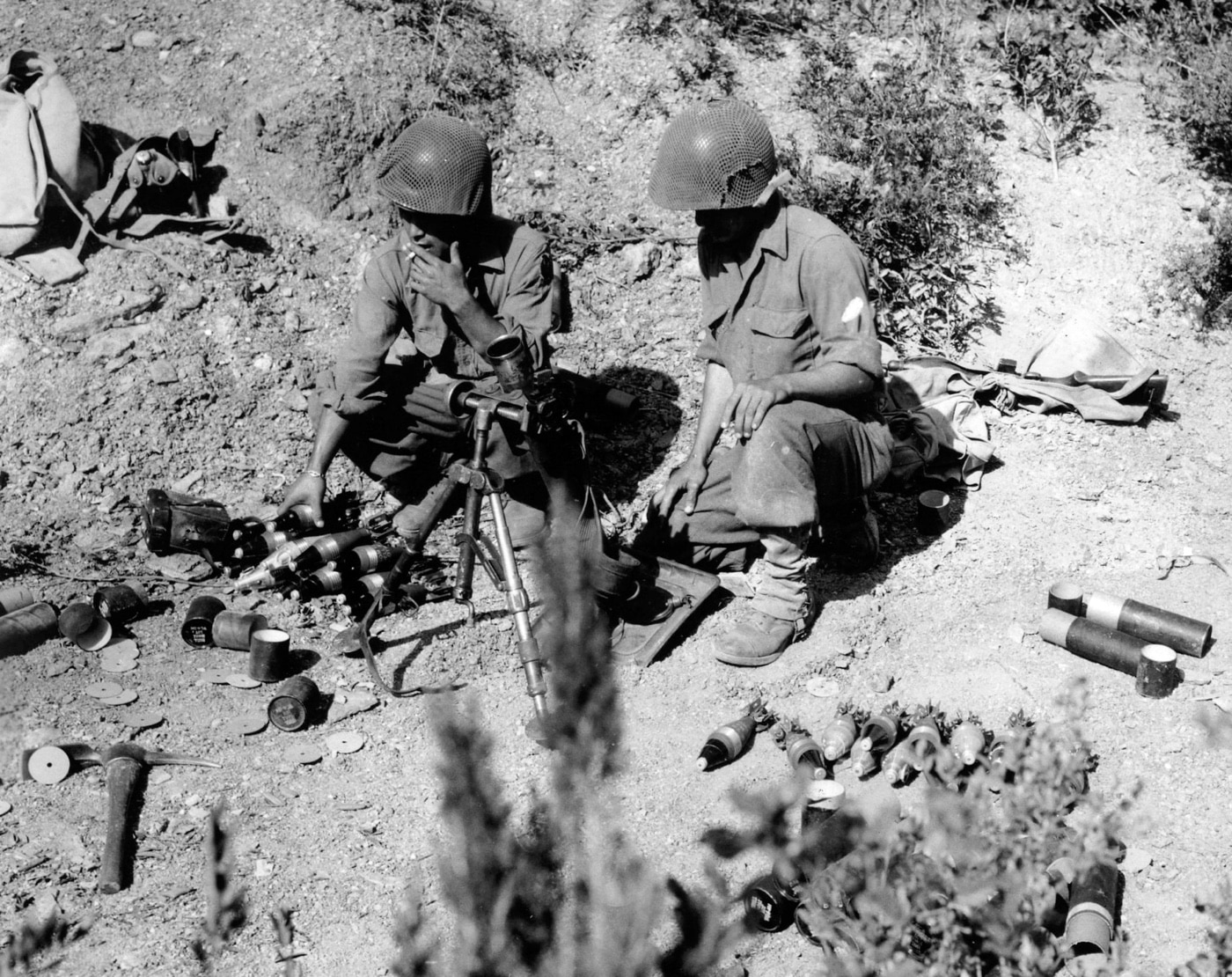
An M2 mortar crew with the U.S. 5th Army in Italy during the Italian campaign in World War II. Image: NARA
There have been myriad examples throughout the nations military history.
Kelly was discharged after the war as a Tech Sergeant and returned to Pittsburgh.
He spent most of his life in and out of a series of menial jobs and dodging financial problems.
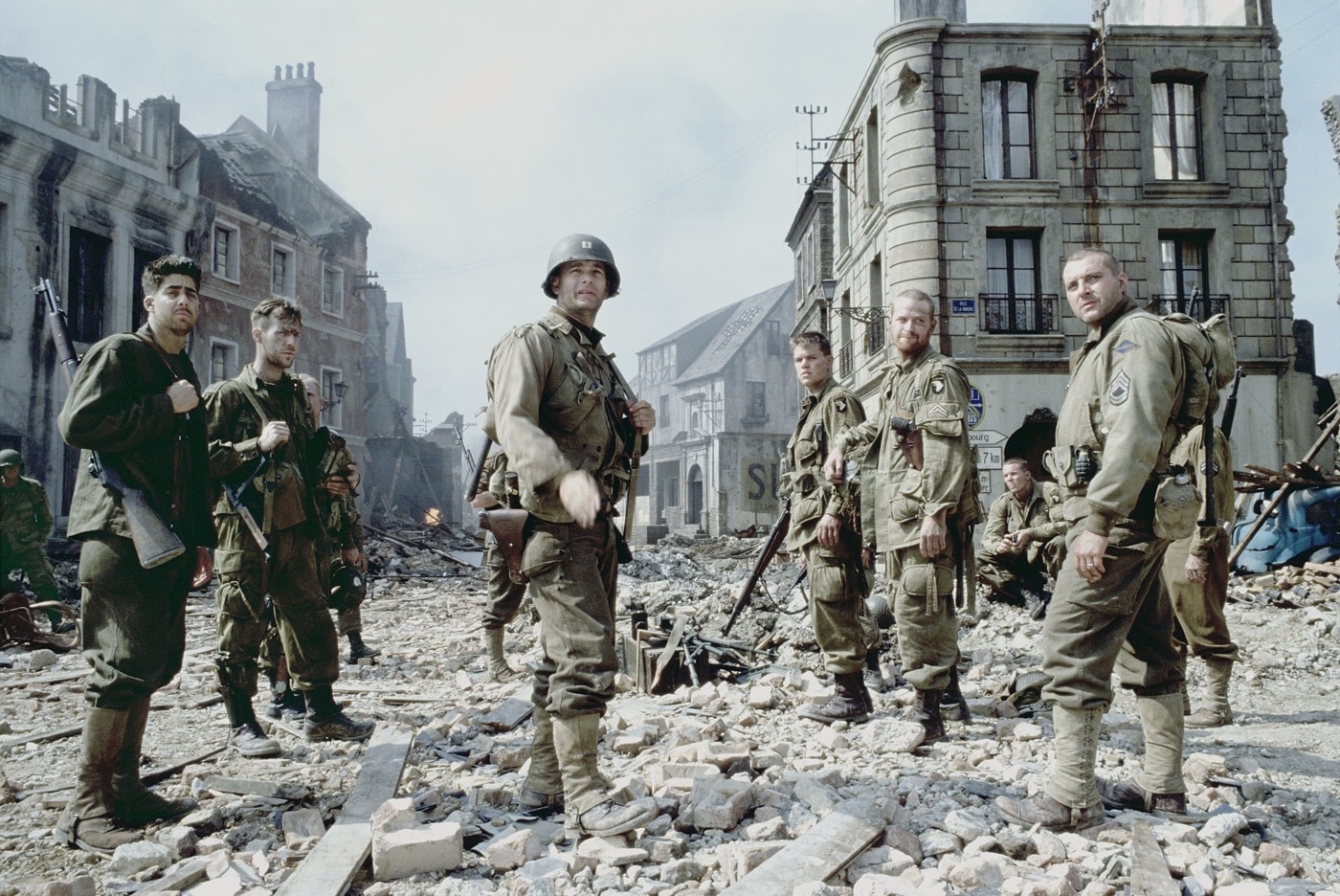
During the fictitious Battle at Ramelle, actors portraying U.S. Army Rangers and 101st Airborne paratroopers used mortar rounds as hand grenades. Image: © Dreamworks Pictures and Paramount Pictures
His health declined and he developed problems with alcohol as did so many WWII veterans.
In late 1984, Kelly was admitted to Veterans Hospital in Pittsburgh, suffering from kidney and liver failure.
He died on 11 January at 64.
Beaufort Anderson fared a bit better in post-war life.
He was eventually discharged in 1952 and returned to his native Wisconsin.
Ultimately he moved to California where he served in political offices and ran a cattle ranch.
Still, they live on for me.
Ill never watch the final scenes ofSaving Private Ryanwithout thinking of Corporal Kelly and Tech Sergeant Anderson.




